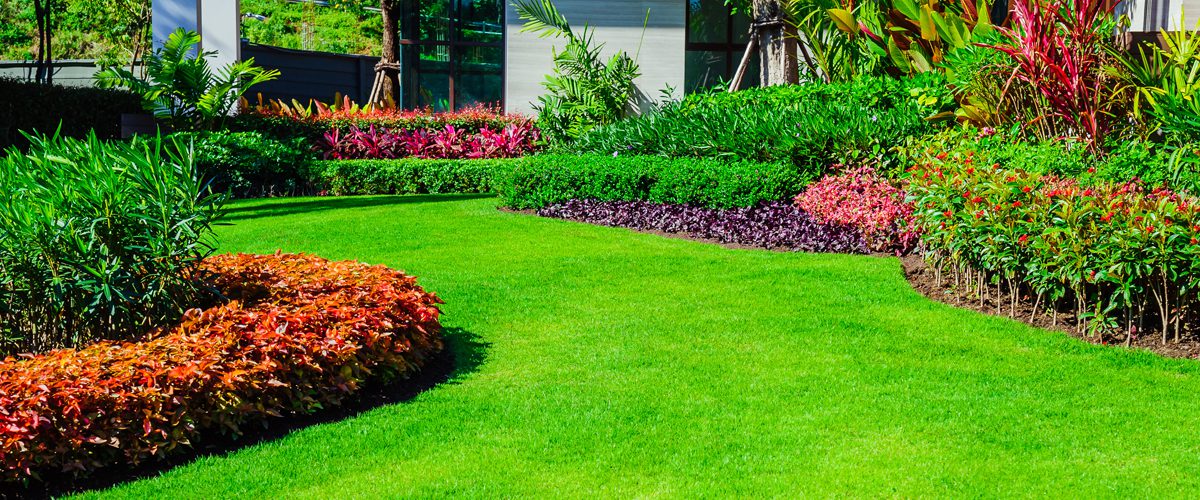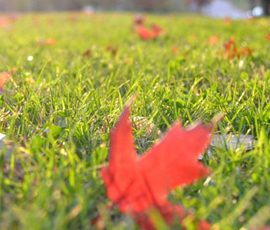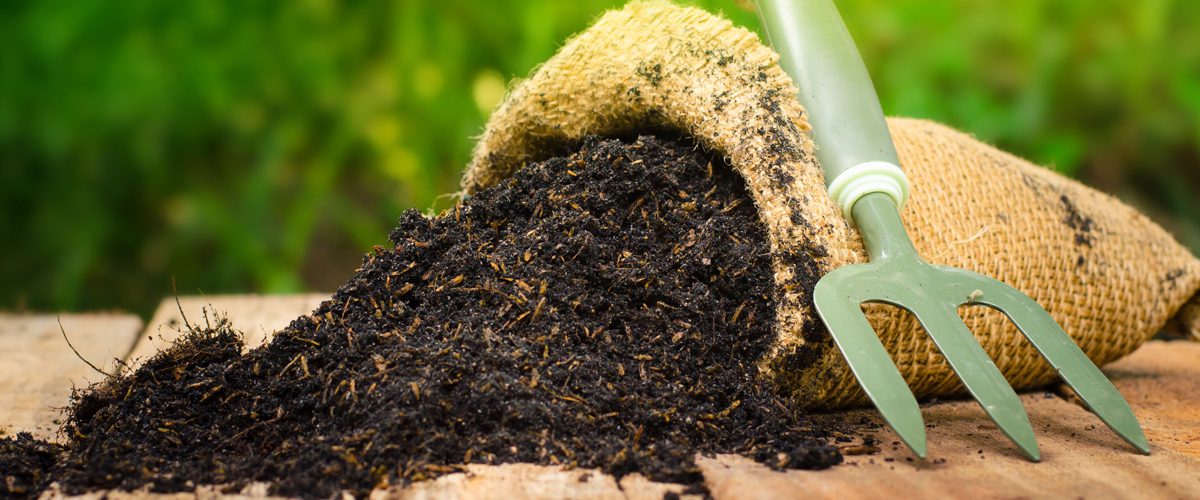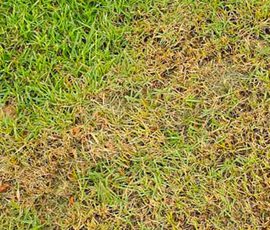
Caring for your lawn doesn’t need to be something that widens your ecological footprint and there are plenty of great ways to give yourself a gorgeous-looking yard without the worry. It’s hard to find the best balance between making your lawn look healthy and keeping your impact small. If you want to make your yard look fantastic while keeping an eco-friendly lawn then keep reading for some great tips.
1. Choose your grass
One of the quickest and easiest ways to keep your lawn eco-friendly is by choosing a grass seed that is local to the region you are living in. Some companies have started producing eco-grass that will not only grow much easier but requires fewer waterings. If your lawn is already healthy and thriving then there will be no need to water it as often as you would for a lawn that needs some extra care.
If you are unable to find a local grass seed then look for a grass that markets itself as low maintenance or water saving. These seeds sometimes come with extra nutrients mixed into the seeds and the seeds are designed to build deeper root systems. Seeds like this are a fantastic idea for people who want nice-looking grass without wasting the water keeping it moist all of the time which is ideal for an eco-friendly lawn.

Related
8 Unique Sidewalk Lighting Ideas To Invest In Today
2. Look into installing an irrigation system
There are plenty of eco-friendly ways to water your lawn for those that have larger properties to maintain. An irrigation system might seem like a waste of water but it’s actually the opposite. By watering what needs to be water at the times it needs to be watered, you’re saving quite a bit of water that might have been wasted on overwatering.
Many newer irrigation systems can be connected to the internet so you can control it wherever you are. If you’re at the office and you hear about a big rainstorm rolling it, it’s a bonus to be able to turn your system’s scheduled spray off and let your lawn enjoy nature’s watering system instead.
3. Make your own fertilizer
There are a few ways you can add some nutrients to your lawn without lugging heavy bags back from your hardware store. If you have trees near your lawn that drop their leaves every year, consider mulching the leaves instead of cleaning them up. This mulch will be rich in nutrients and do a great job of adding some moisture to your lawn.
If you want to go all out then look into making your own fertilizer by composting. This will require a bit of space and set up but there are many different kits and youtube tutorials to get you started. After a few months, you’ll be able to have some luscious soil that will provide your lawn with vitamins while keeping a large number of food scraps out of landfills.

4. Don’t cut yourself short
If you tend to cut your grass too short, your grass is not going to last as long and it will require a bit of extra care. The phrase is often “longer grass is stronger grass” so try to keep your grass as tall as it can be within reason. Experts agree that keeping your lawn at 2.5 to 3 inches is a good way to keep it healthy and still maintain a clean look.
The longer grass will protect the soil from excessive runoff. Sin damage and prevents weeds from spreading. Keeping your lawn and soil healthy means you won’t have to use extra water to help it thrive and you won’t need to bring in any damaging weed killers.
5. Go au natural for weed killing
Speaking of weeds, these little suckers can be annoying and damaging to your already fragile lawn. Luckily there are plenty of ways to get rid of them that don’t require harsh chemicals or toxic sprays. An eco-friendly lawn with no weeds is as simple as raiding your cupboards.
If you’re looking for a great way to take care of individual weeks that are messing with your path stones and attracting other pests then try out this recipe.
- One cup salt
- One gallon of white vinegar
- One tablespoon of liquid dish soap
Mix these and put them in a spray bottle to tackle the weeds one at a time. A sunny day works best for this attack and you can usually see fairly quick results. You might need to treat the weed area multiple times before the roots choose not to grow there anymore but it’s much better than spraying your lawn over and over with nasty chemicals.

Related
Stress on Your Lawn – Watering Tips & Tricks
6. Let nature help you out
One quick and simple way to reduce the amount of excess water you use on your lawn is by collecting the water that’s already coming down for free! Using a rainwater collection system is a fantastic way to help you keep your lawn healthy while you save some money. Plus you’re using water that has no additives or filtration like the water that comes through your city pipes.
There are so many different ways you can collect rainwater for your lawn and some are very advanced. The best way to start is by using a rain barrel that has a hose attached. You won’t get much pressure from your spray but you can add an extendable hose so you can water your lawn with ease. Once you’ve gotten the hang of the barrel, you can look into a more extensive collection system that uses your rain gutter and downspouts to collect even more free water and pressurized systems so you can spray it as far as you need.
There are so many great ways to keep your lawn looking and feeling good without worrying about your impact on the environment. Switching some of your ideas and techniques over to eco-friendly options is great for the planet and sometimes even your wallet. Use a few of these awesome tips to make sure your lawn and your peace of mind stay in the best shape they can.
